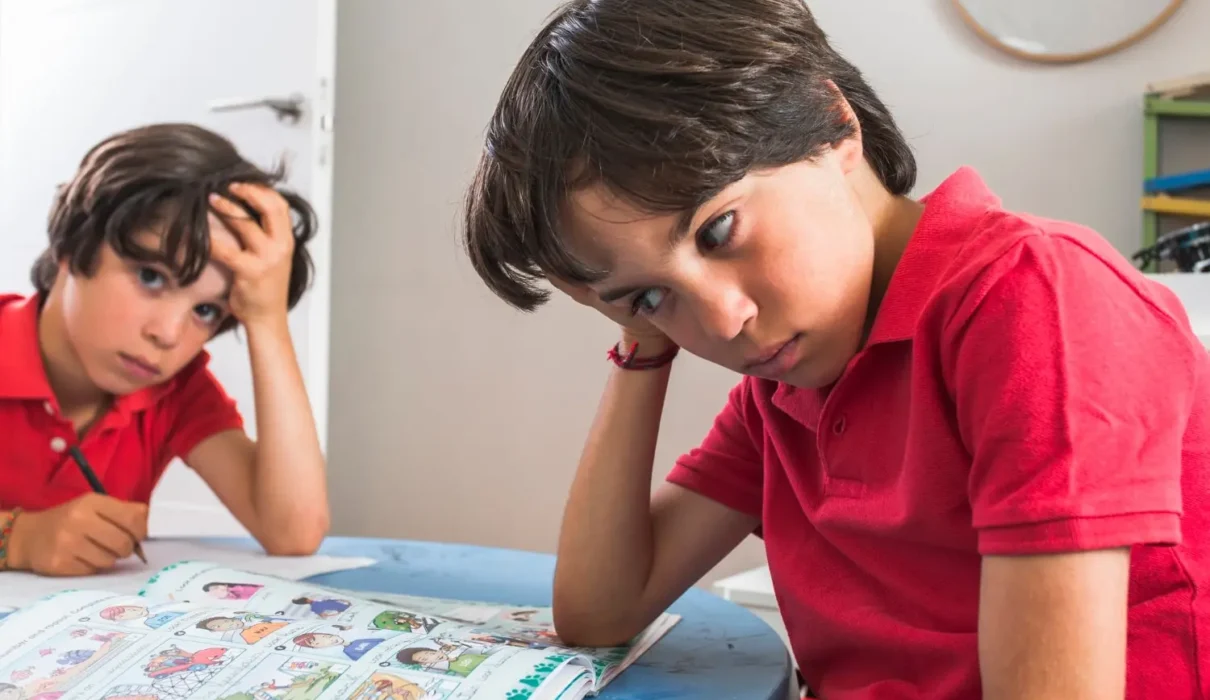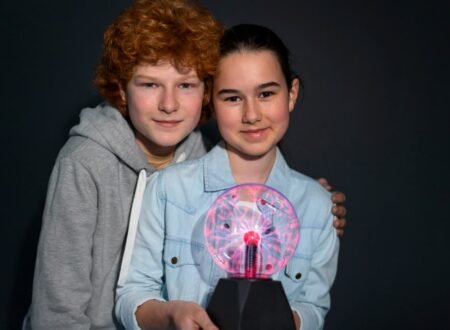Introduction
Imagine a classroom where kids learn and play together every day. Sometimes, though, they disagree about things like toys or games. That’s normal! But what’s important is learning how to fix these little fights. That’s where conflict resolution activities come in. It’s like having a superpower to improve things when there’s a problem. Let’s see why it’s super important for kids to learn this skill early on, and check out five practical activities that help them become conflict-solving heroes!
Conflict Scenarios in Early Childhood Education
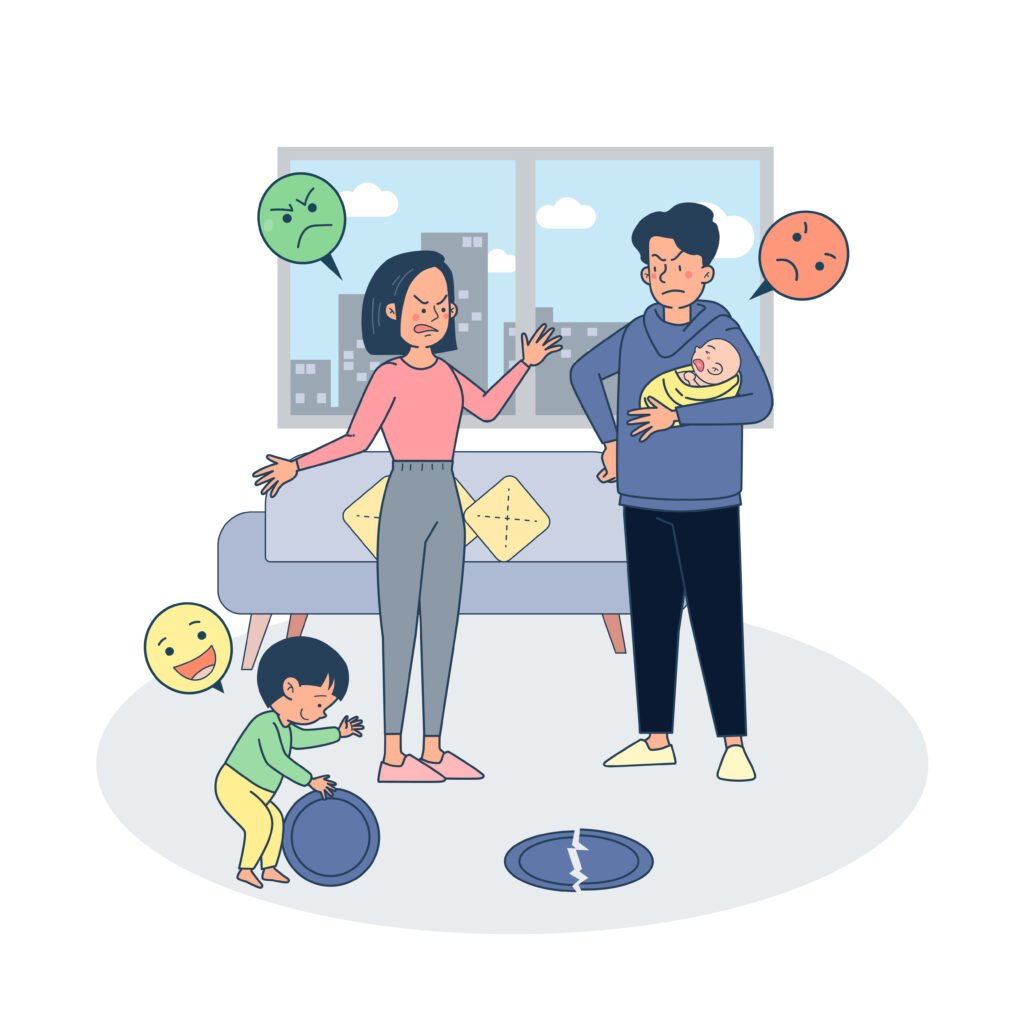
Hitting
It can be both a reaction to and a cause of conflict. It is common in young children who often struggle with impulse control. They may hit others out of anger or frustration, but they lack the words to express themselves. A child may hit other people because they don’t want to follow an educator’s instructions, or they might hit in response to an argument or disagreement over toys or supplies.
Difficulty Sharing Turns
Taking turns can be difficult for young children who have not yet developed empathy. They frequently fail to recognize the significance of sharing or waiting for their turn, resulting in arguments and disagreements during activities. Because of this lack of comprehension, they have a hard time understanding the needs and perspectives of others.
Name Calling and Verbal Abuse
When kids are angry with one another, they may use abusive language or call each other nasty names, which can make conflicts worse. It would help if you acted quickly to stop the situation from worsening. By addressing and stopping name-calling behavior early on, caregivers can assist in teaching children healthier methods for resolving disputes and effectively communicating.
Game Rule Disagreements
Children who enjoy using their imaginations to create play scenarios frequently engage in arguments and physical outbursts when disagreements arise regarding the rules of newly invented games. Tensions can run high when these rules are at odds because each child may have their interpretations or preferences. Adults must quickly mediate these disagreements to ensure that children acquire skills in constructive conflict resolution and can continue to enjoy imaginative play in harmony.
Why Is Conflict Resolution Essential in Early Childhood?
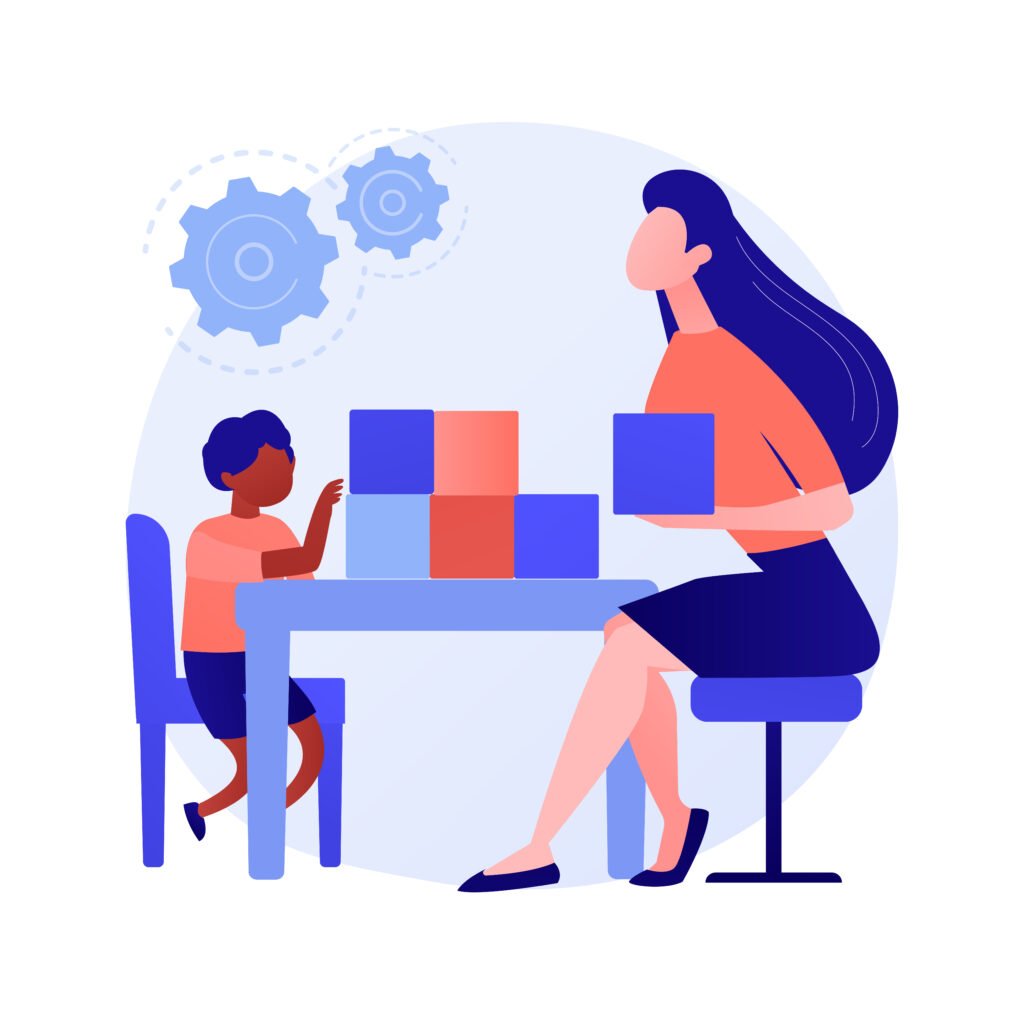
Compromise is urgent in youth improvement since it shows kids how to deal with conflicts and feelings successfully. By early figuring out how to determine clashes, kids foster sympathy and decisive reasoning abilities, which are fundamental for encouraging solid connections. These skills prepare them for positive social interactions in various settings by allowing them to navigate unfamiliar situations confidently. Educators further develop homeroom elements by showing compromise methods and adding to the general profound social prosperity of youthful understudies.
Brightwheel’s communication feature makes engaging families in their children’s development, including their progress in conflict resolution, possible. Consequently, families gain insight into their children’s social development. By providing updates on how children practice conflict resolution in the classroom, they can extend support and reinforcement of these skills at home. Furthermore, as children navigate their early years, this collaborative approach fosters a holistic development framework by enhancing the continuity of learning between the school and home environments.
5 Effective Conflict Resolution Activities for Kids
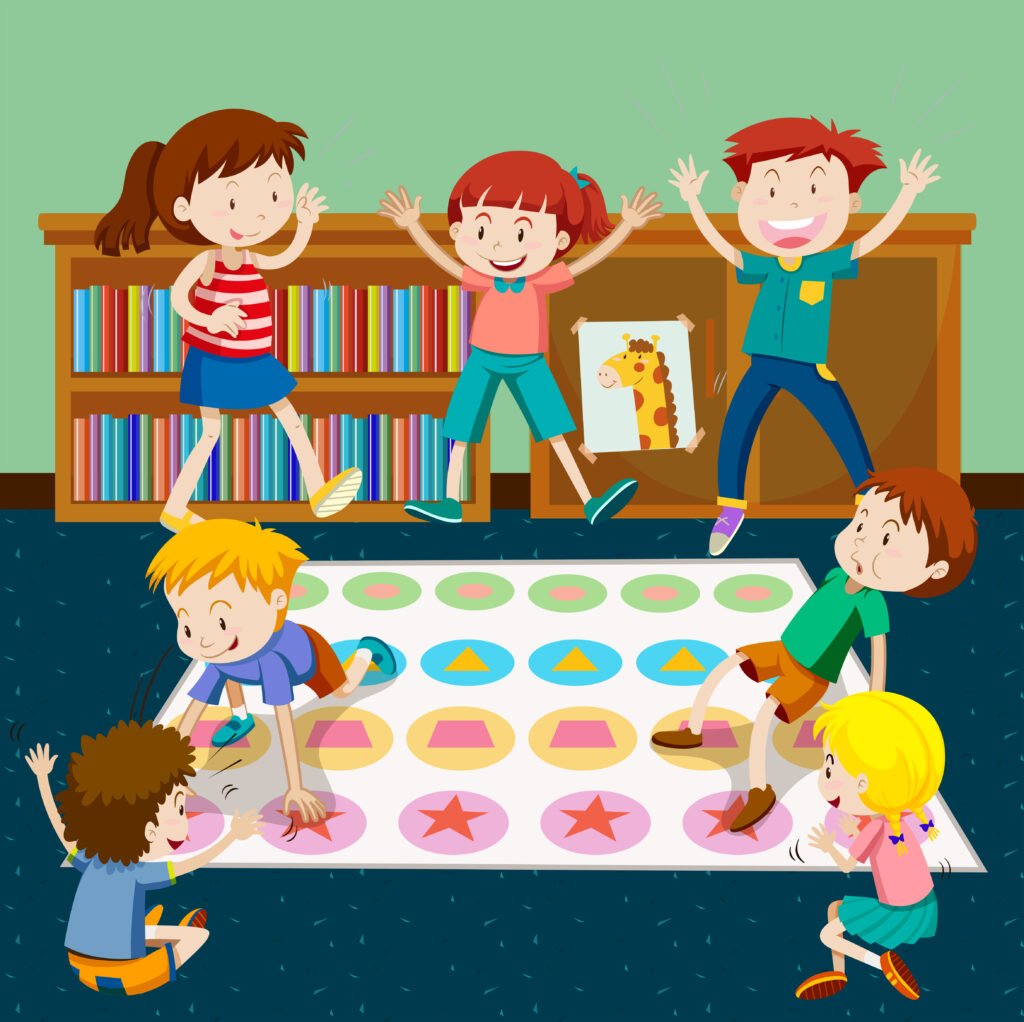
In the following, we discuss amusing methods for assisting young children in successfully resolving conflicts and developing these crucial abilities.
- Role-Playing Scenarios: Create scenarios where children act out conflicts and practice resolving them. This hands-on approach allows them to understand different perspectives and practice communication skills. Please encourage them to switch roles to understand each other’s viewpoints.
- Feelings Charades: Write down various emotions on cards (e.g., angry, frustrated, sad) and have children pick one without showing others. Then, they act out that emotion while others guess what it is. This activity helps kids recognize and express their feelings, leading to better conflict resolution.
- Collaborative Art: Provide a large piece of paper and art supplies. Divide the paper into sections, and assign each child a section to draw or paint on. Please encourage them to discuss and agree on a theme or idea for the artwork. This activity fosters teamwork and compromise as they navigate differing artistic visions.
- Storytelling Circle: Sit in a circle and start a story with a conflict. Each child adds a sentence or two to the story, resolving the conflict as they go along. This activity promotes creativity, listening skills, and cooperative problem-solving.
- Conflict Resolution Wheel: Create a wheel divided into sections representing different conflict resolution strategies, such as compromising, apologizing, listening, and brainstorming solutions. When a conflict arises, have children spin the wheel and try to apply the strategy it lands on to resolve the dispute. This helps children learn various approaches to resolving conflicts effectively.
These activities teach children how to resolve conflicts and promote communication, empathy, and problem-solving skills.
Final Thoughts
Teaching kids conflict resolution is like giving them a superpower for getting along with others. Kids become better friends and problem solvers by learning to fix fights early. Fun activities such as acting out conflicts, guessing feelings, creating art together, telling stories, and using a conflict resolution wheel help them learn these essential skills. These activities improve their communication, understanding, and teamwork. As they practice, they build empathy and critical thinking, which are necessary for healthy relationships. This makes both the classroom and home environments happier and more supportive.
FAQs
Q1: How can conflict resolution skills impact a child’s future?
Learning these skills early can shape a child’s future by enhancing their ability to navigate social situations, build strong relationships, and handle workplace challenges effectively as adults.
Q2: What role can technology play in teaching conflict resolution to kids?
Technology can offer interactive apps and games that simulate conflict scenarios, providing kids with a safe and engaging way to practice and refine their conflict resolution skills.
Q3: Can conflict resolution activities be adapted for children with special needs?
Yes, these activities can be tailored to meet the needs of children with various abilities, incorporating sensory-friendly tools and personalized strategies to ensure all kids can benefit from these skills.
Q4: How do conflict resolution activities benefit children’s mental health?
Engaging in these activities can boost children’s mental health by reducing anxiety related to social interactions, improving their emotional regulation, and fostering a sense of competence in handling disputes.
Q5: What are some signs that a child is improving their conflict resolution skills?
Signs of improvement include a child using words to express their feelings, seeking help from adults less frequently, demonstrating empathy, and finding fair solutions during disagreements with peers.
If you are inspired by our blog, visit our website FuseBay, and dive into fresh insights, tips, and stories that fuel creativity and innovation. Join our community today!

